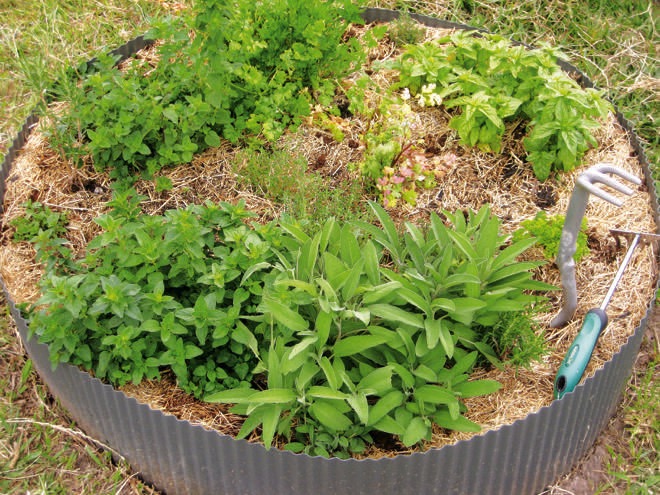Raise your garden bed up
Share
A raised garden bed is convenient and efficient. They can also be easy to assemble or made using repurposed items.
The case for raised beds is, in the first instance, one of simple accessibility. Just as hospital beds are adjustable up and down for the ergonomic convenience of nurses, wardsmen and other workers, a raised garden bed is easier to work on, requiring less bending and kneeling.
The obvious payoff is efficiency. You can work for far longer on a raised bed without breaking your back and, if it’s wide enough, you can also sit on the edge of the bed while you work. Or have a tea break and survey the fruit of your labour.
TV presenter Sophie Thomson, in her book Sophie’s Patch (reviewed last issue), makes the point that raised beds can effectively age-proof your garden: “While people are fit and active, it is easy to garden; however, as ability and mobility decrease, gardening can be focused on accessible planters such as raised beds or containers.”
The other big advantage of a raised bed, of course, is you have absolute control over the growing medium. If your property consists of unworkable soil — or your backyard might even be paved — a raised bed filled with good dirt is its own ecosphere.
The upside of raised beds
Let’s summarise the advantages of installing raised beds.
-There’s no need to correct difficult soils such as clay. Just fill the raised bed with new soil that’s already balanced in terms of friability, pH etc.
-You can choose the height that suits you — no more bending and straining. You’ll also avoid soil compaction from treading on it constantly.
-Not only can you control water needs by installing irrigation or a wicking system, you can also ensure efficient drainage.
-The bed can be positioned on concrete, pavers or grass in a sunny position or wherever conditions are ideal for growing food plants.
Knocking it together
Once you’ve decided where and how high, it’s time to consider your materials. Raised beds can be constructed from any number of materials, new and recycled, so the only limit is your imagination.
In its simplest form, a raised bed is essentially a bottomless frame set into a shallow trench. The most common construction material is timber but, since you’re planning to grow edibles, steer clear of treated woods such as recycled pine. Even railway sleepers are sometimes treated with creosote.
Gardening experts recommend rot-resistant woods such as cedar or redwood, if you can get them. Whatever you use, put it together with galvanised or stainless bolts and screws.
Other solutions include corrugated iron, bricks, concrete sleepers or Besser blocks. The latter come with built-in holes that are handy for growing herbs or flowers.
You can also repurpose any container, such as an old claw-foot bathtub, as long as it has the necessary capacity and proper drainage.
Avoid using just rocks to build up the walls of your bed unless you’re prepared to constantly battle the weeds and grass runners that can’t resist a rockery.
These days, a good solution is a purpose-made galvanised-iron or Colorbond frame, which you can get from most tank makers.
If purchasing ready-made beds, as well as price you need to consider the look of the product, its durability and ease of assembly, though some are so simple they clip together.
Whatever you use, two things you need to think about are the width and height of the completed bed. You need to be able to reach the centre without falling in.
Also, the higher the bed, the more soil it will take to fill it — an alarming amount for each vertical centimetre. If it’s very deep you can line the bottom with rocks or broken bricks etc before adding soil; this also helps with drainage.
As a rule of thumb, the soil needs to be at least 30cm deep plus more for root vegetables. Before you fill the bed with soil, install your wicking or irrigation system, if desired. To kill the grass, line the bottom with a few layers of cardboard or newspaper, or weed-resistant matting. Of course, raised beds are also ideal for lasagne gardening (otherwise known as sheet mulching).
Something else you can install as you fill your beds is simple worm towers — we had instructions for making your own in the issue before last, Vol 8 No 6.
Planting
Once your bed is up and running, here are a few tips on planting:
-Use raised beds mainly for annuals. Plant perennials like lemongrass, ginger etc in the ground or in their own large pots.
-Don’t plant tall plants where they will shade others.
-Plant species that have the same water and soil pH requirements in the same bed.
-Give plants enough space to spread, such as tomatoes.
-Avoid planting invasive species — notorious spreaders like mint — in your raised beds.












